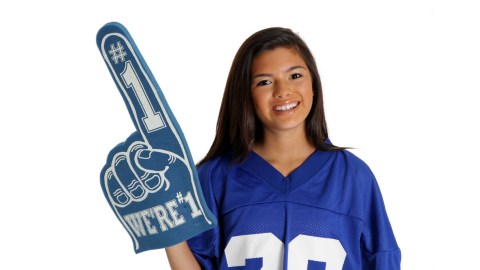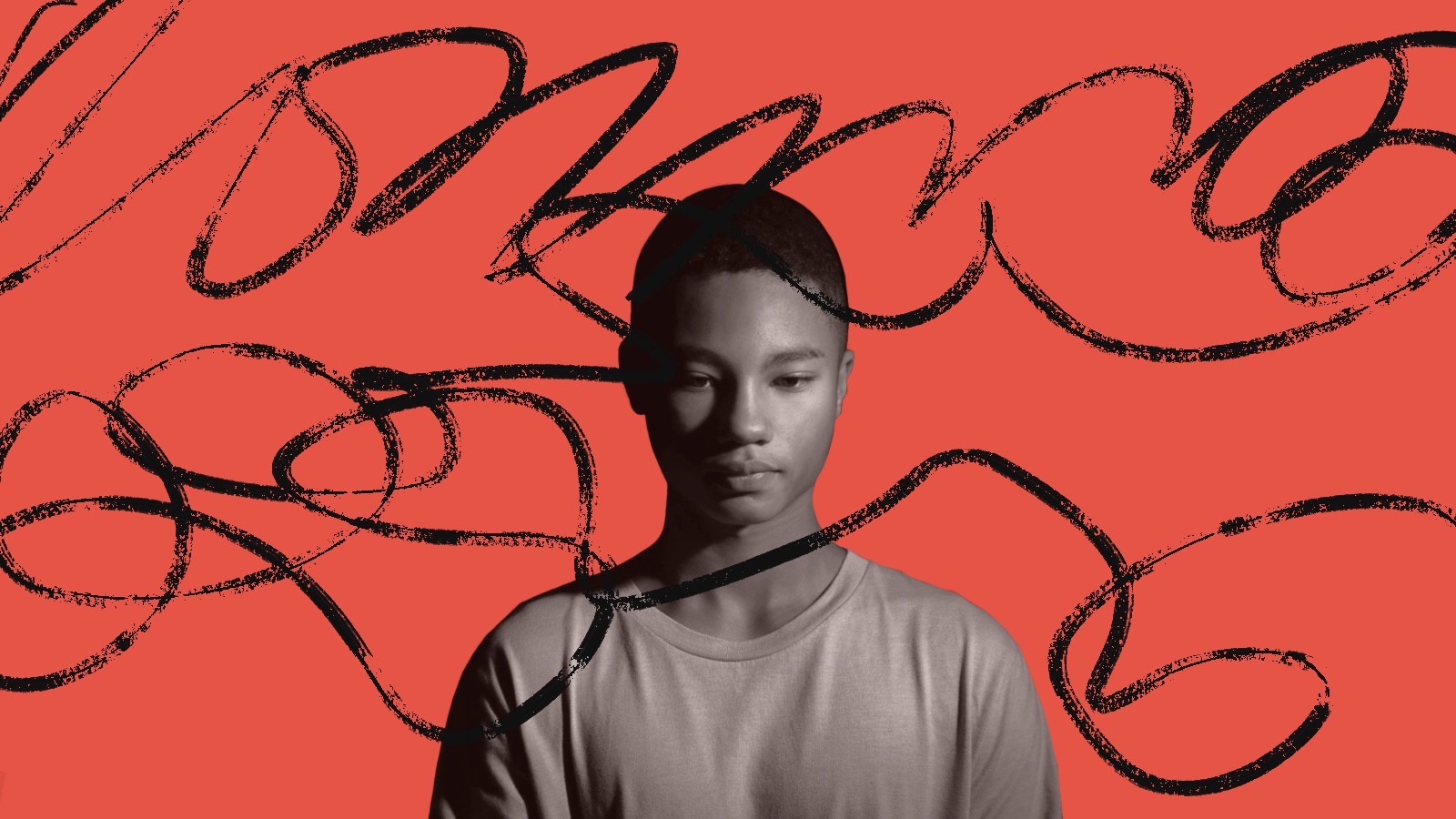Why Are There So Few Female Sports Fans on Twitter?

The big four North American sports leagues — NFL, MLB, NBA, and NHL — like to boast that women make up about 40-45% of their fanbases. Yet the degree to which that chunk of fans actually contributes to the ongoing sports conversation appears to puzzlingly low. That was the observation posed yesterday at ThinkProgress by Wendy Thurm, a sportswriter from San Francisco (and the owner of the awesome @hangingsliders Twitter handle):
“I am a sportswriter with more than 9,500 followers on Twitter. Remarkably, just 11 percent of them are women… Sure, I write and tweet about sports, but I also tweet about parenting, feminism, and San Francisco. And while I’ve had my fair share of men tell me on Twitter to ‘get back in the kitchen and bake some cookies,’ I have far more interactions with open-minded sports fans, men and women. In fact, I’ve made an effort to seek out other women sports fans and writers and support their engagement with sports on Twitter. And yet, only 11 percent of my followers are women.”
Thurm utilized the new Twitter Analytics tool to determine her percentage of female followers. She then found out that the 11% mark is fairly consistent throughout the world of sports Twitter:
“Susan Slusser, the Oakland Athletics beat writer for the San Francisco Chronicle and the former president of the Baseball Writers Association of America, was surprised to learn that only 12 percent of her 38,000-plus followers are women. Like Slusser, Alyson Footer of MLB.com and Christina Kahrl of ESPN.com were suprised to find that only 12 percent of their followers are women.”
Male sportswriters like Keith Law of ESPN and Jesse Spector of The Sporting News lay claim to 18% and 14%, respectively. The Sporting News’ Twitter account has only 10%. Bleacher Report, which has nearly 1.3 million followers, is at 11%.
The reason this is of so much interest to Thurm is that in the 21st century, Twitter and other forms of social media are the main forums for sports narrative and conversation. While fans ingest sports on TV, they actively participate at venues and online. As Thurm notes, this means that although female fans may identify with a particular sport or team, they’re not engaging with that sport or team “with the same level of energy we see from men.”
She then takes the obvious next step and ponders several possible reasons for this. First, there’s an element of sociology:
“Boys and men are socialized to see sports as an appropriate way to spend their leisure time. Girls and women are not… Girls — even ones who play competitive sports — do not see the same social payoff in learning about, watching and talking about sports with their friends and family.”
When we think about why sports are so resonant in our society, it makes sense that the implicit social expectations surrounding them hold a ton of power. Where men are expected to make sports part of their lives, women are similarly expected to find different hobbies. This stems from a cultural viewpoint that in certain parts of life, there are areas that belong to men and areas that belong to women — something of a “separate but equal” idea. As an example, I personally could tell you every single World Series matchup going back to about 1979. I could tell you who the last Los Angeles Dodger to wear #62 was (Jose Nuñez) and offer a fairly simple explanation of how the infield fly rule works. As a guy, that makes me a quirky sports fan. As a woman, I’d face a different sort of scrutiny if I showed up to a party and started talking about 1983 World Series MVP Rick Dempsey. On the flip side, there’s less of an expectation for me as a man to follow Project Runway or know what the Kardashians are up to right now. If I were female, that would be much more understandable.
Needless to say, this is sort of an odd double standard.
Thurm offers a couple other possible contributing factors to the dearth of female sports fans on Twitter. One of them has to do with representation in media:
“Yes, we’re seeing more women in front of the camera on sports broadcasts, principally as sideline reporters, but we can still count on our fingers the number of women doing play-by-play or color commentary on an NFL, MLB, NBA or NHL broadcast, or sitting at the analyst’s desk during the pre-game and postgame shows.”
There’s also the stigma attached to the fact that Twitter is a no-rules, free-for-all arena for discourse (if we can call it “discourse”). As we saw with the #GamerGate fallout, this arrangement can lead to women being harassed for allegedly overstepping their bounds. Thurm explains:
“I know from experience that Twitter’s no-holds-barred virtual sports bar environment can lead to a toxic stew of negativity and harassment from male sports fans who are offended by women having their own sports opinions. Slusser, the Oakland A’s beat writer, agreed, telling me recently that if she didn’t have to be on Twitter to do her job, she might ignore it because the negative personal attacks detract from her love of sports.”
When I read Thurm’s piece, my first thought was, “Wow, this is brave. She’s going to get so much crap for this on Twitter.” That’s a pretty cynical initial reaction, but it looks like the buzz from the piece has been mostly positive and no one’s yet threatened her life or anything like that. So there’s progress.
Thurm’s main argument is that if women really make up 40-45% of sports fans, there should be no reason why they can’t also be as passionate and engaged as their male counterparts. Yet it appears that a variety of social issues seem to be getting in the way of that, which is troubling both for the sports leagues hoping to market to women and the world of sports fandom in general.





